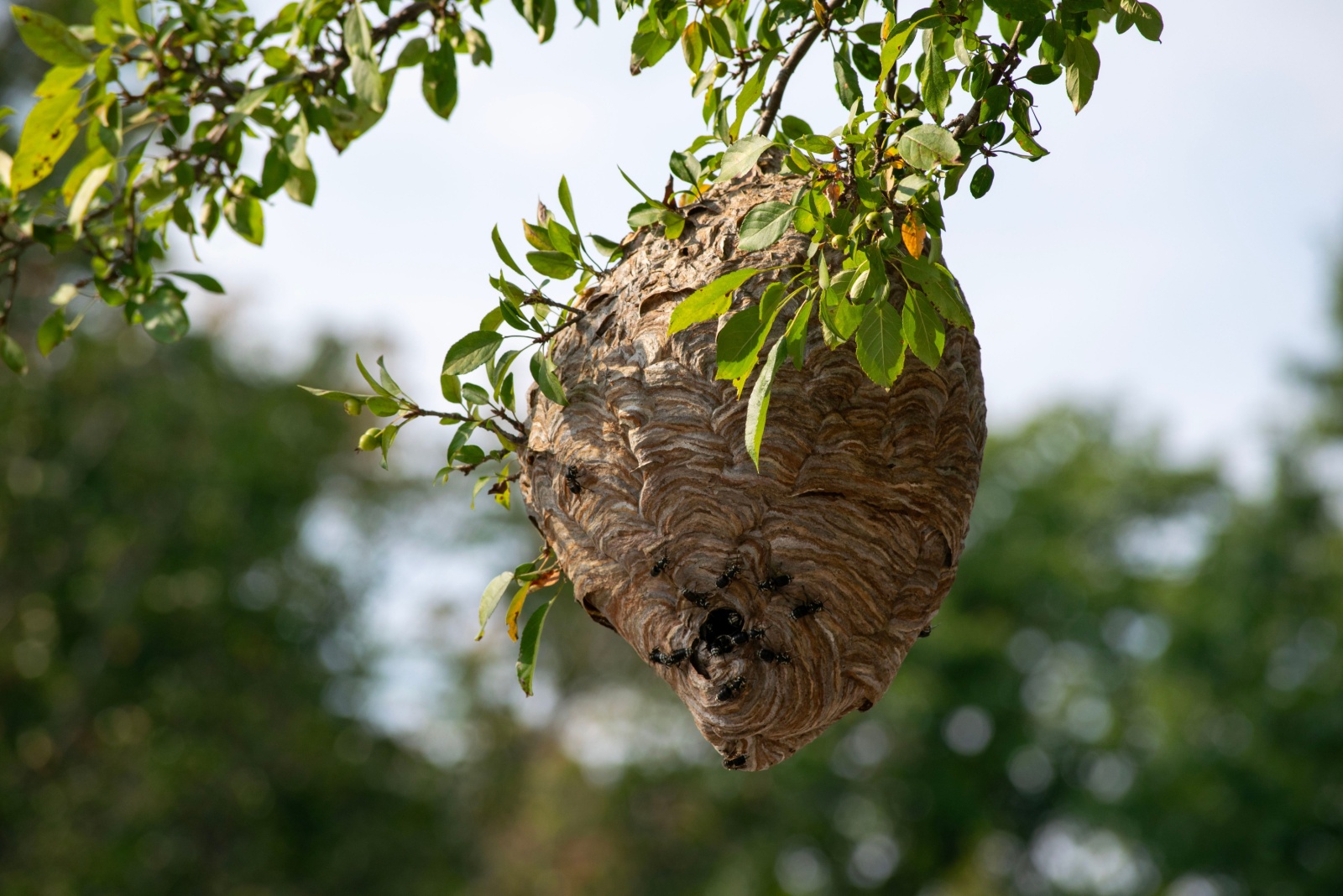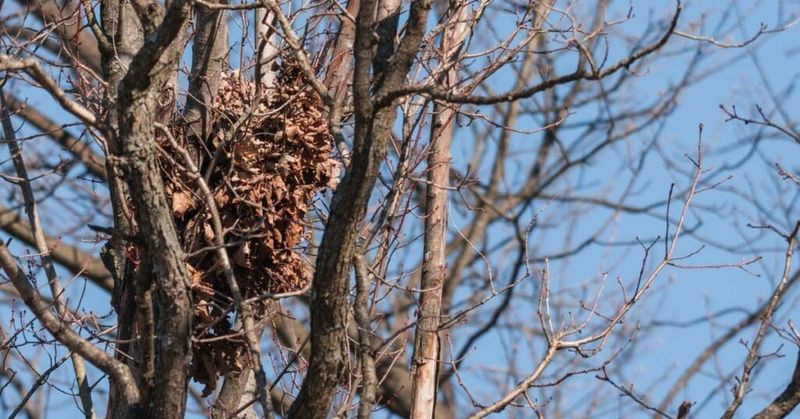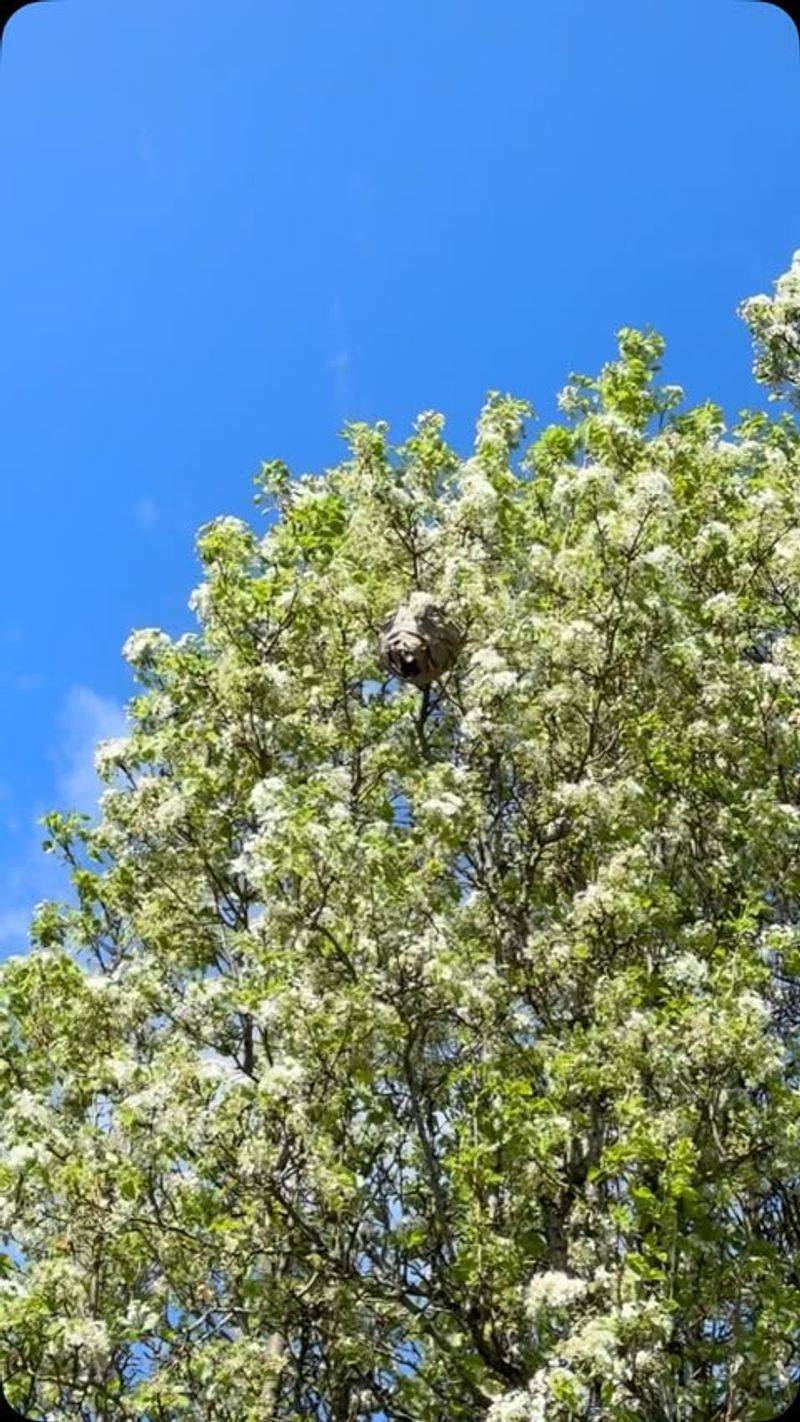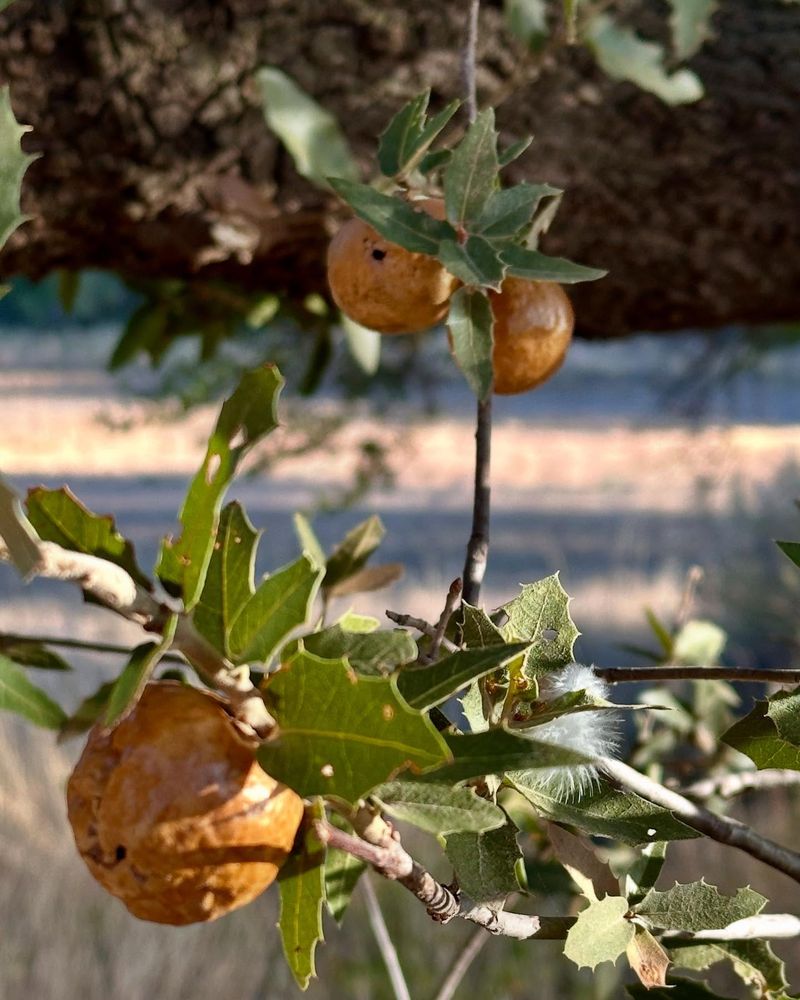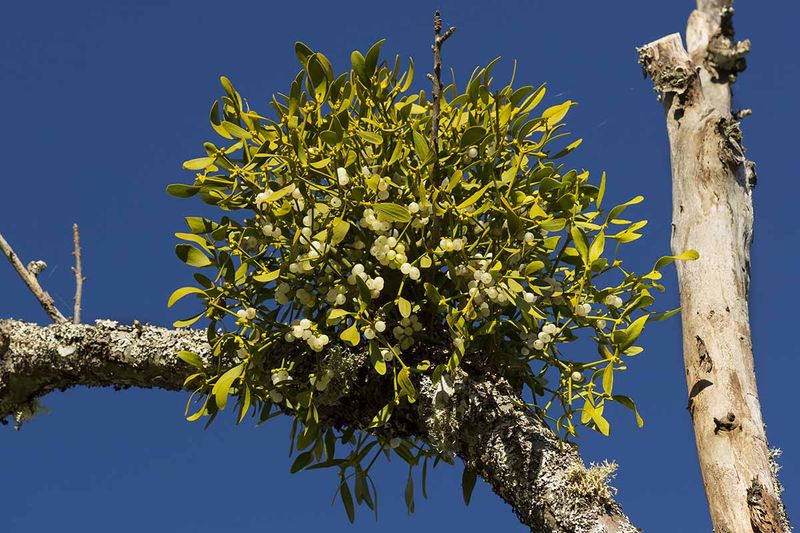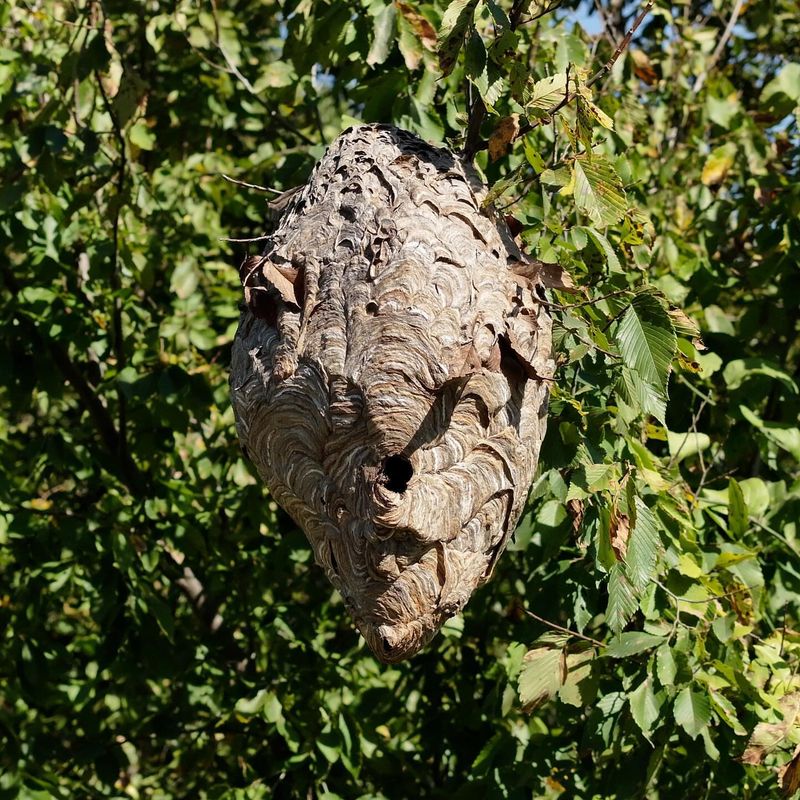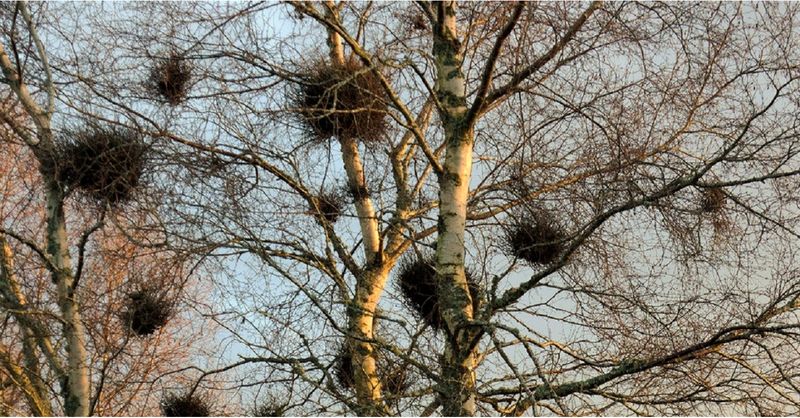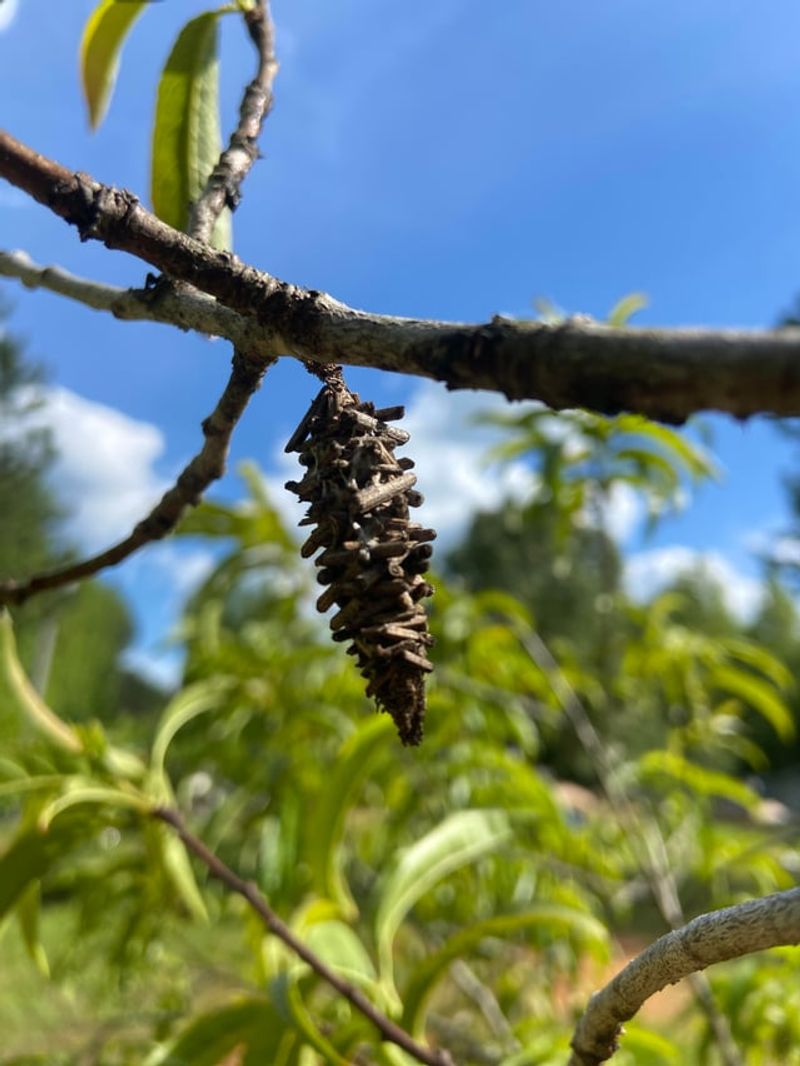You glance up at your backyard tree and notice something round tucked between the branches. At first, it looks like a messy bird nest—but don’t be too quick to assume.
Missouri trees hide all kinds of surprises, and not everything up there is made by birds. That clump could be a squirrel drey, a ball of mistletoe, or even an insect nest.
I’ve learned to take a closer look before jumping to conclusions. Nature loves to keep us guessing, especially in the treetops.
1. Squirrel Dreys Look Surprisingly Like Bird Homes
Squirrels build leafy bundles called dreys that can fool anyone scanning the treetops. These structures use twigs, leaves, and bark woven together in a messy ball shape.
During Missouri winters, dreys become more visible once leaves drop. They’re usually larger than most bird nests and positioned closer to the trunk for stability.
Watch for squirrels darting in and out during early morning hours to confirm your suspicion.
2. Wasp Nests Can Mimic Natural Tree Growth
Paper wasps construct gray, papery nests that blend surprisingly well with tree bark. These hanging structures start small in spring but grow throughout summer months.
Many Missouri homeowners mistake them for odd fungal growths until they spot the insects buzzing around. The nests have a distinctive umbrella or cone shape with visible hexagonal cells.
Keep your distance if you find one—wasps defend their homes aggressively when threatened.
3. Galls Are Nature’s Odd Tree Bumps
Tiny insects or mites trigger trees to form unusual growths called galls. These bumps, balls, or spiky clusters appear on leaves, twigs, and branches throughout Missouri.
Oak trees especially develop round, woody galls that people often confuse with nests or fruit. Galls don’t harm mature trees and actually provide shelter for developing insect larvae inside.
They come in wild shapes—some look like fuzzy apples while others resemble spiky sea urchins.
4. Mistletoe Clumps Fool Many Tree Owners
This parasitic plant forms dense, green clumps high in tree canopies across Missouri. Mistletoe steals water and nutrients from host trees, creating bushy masses that stand out during winter.
People often spot these evergreen bundles and assume they’re large nests. The plant spreads through bird droppings, which explains why clumps appear in random branches.
Heavy infestations can weaken trees over time, so removal might be necessary for tree health.
5. Bald-Faced Hornet Nests Grow To Football Size
Despite their name, bald-faced hornets are actually wasps that build massive gray nests. These paper structures can reach basketball size by late summer in Missouri trees.
The smooth, teardrop-shaped nests have a single entrance hole near the bottom. From a distance, they resemble strange fruit or fungal growths hanging from branches.
Never attempt removal yourself—these hornets are extremely defensive and their stings pack a painful punch.
6. Witch’s Broom Disease Creates Tangled Branch Clusters
Fungal infections, mites, or viruses cause trees to sprout dense, twiggy masses called witch’s brooms. These abnormal growths look like messy nests wedged into branches.
Missouri trees, particularly hackberries and maples, commonly develop these clusters. The tangled twigs grow in tight bunches, creating a bird nest illusion from ground level.
While they rarely kill trees, witch’s brooms can spread to other branches if left unchecked over many years.
7. Bagworm Cases Dangle Like Tiny Ornaments
Bagworm caterpillars construct protective cases from silk and plant materials. These spindle-shaped bags hang from branches and can be mistaken for small nests or pinecones.
Missouri evergreens and deciduous trees both attract bagworms during growing season. The cases turn brown and papery, dangling throughout winter even after the insects have finished their life cycle.
Heavy infestations strip foliage quickly, so early detection and removal protect your trees from serious damage.

